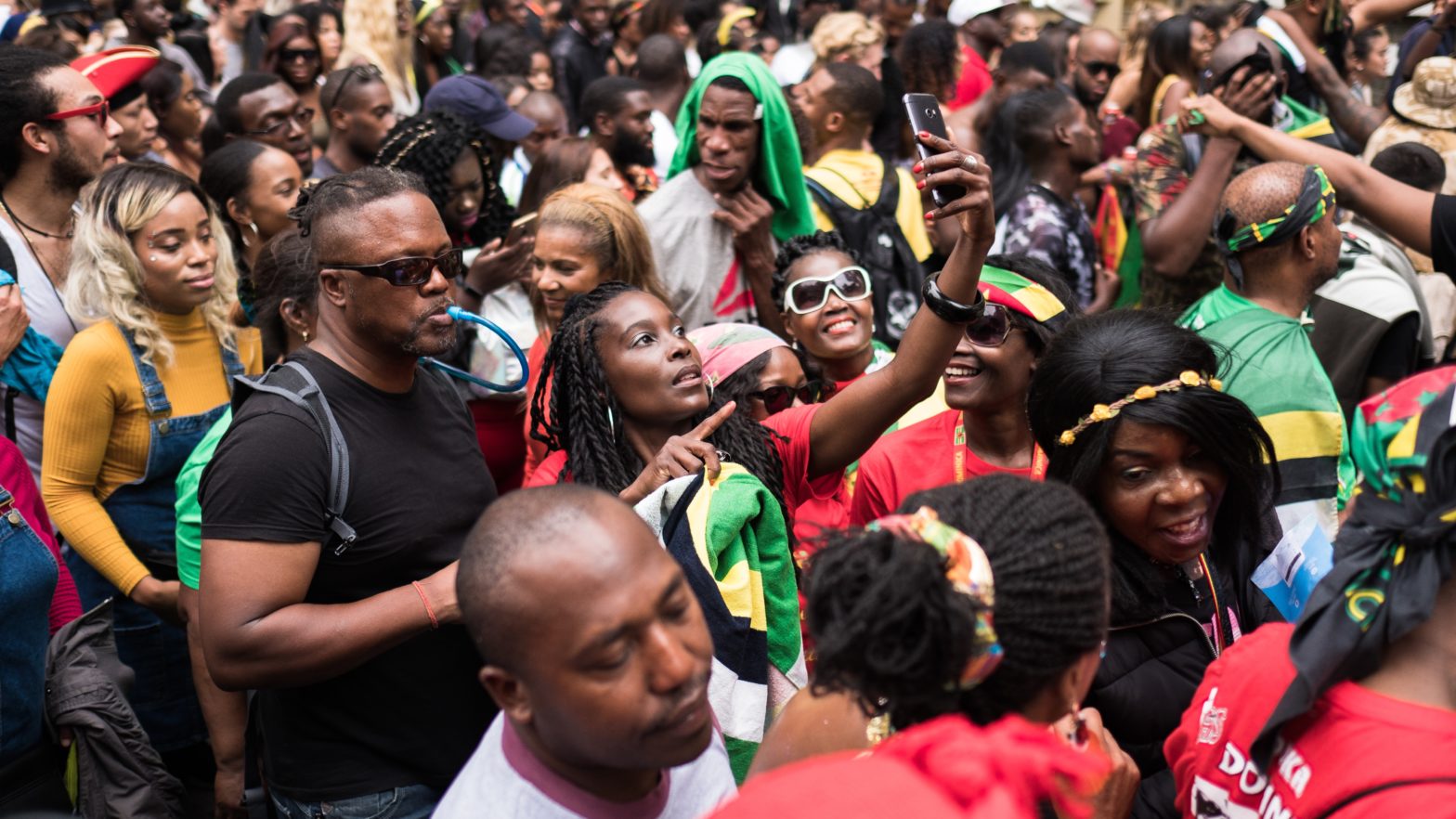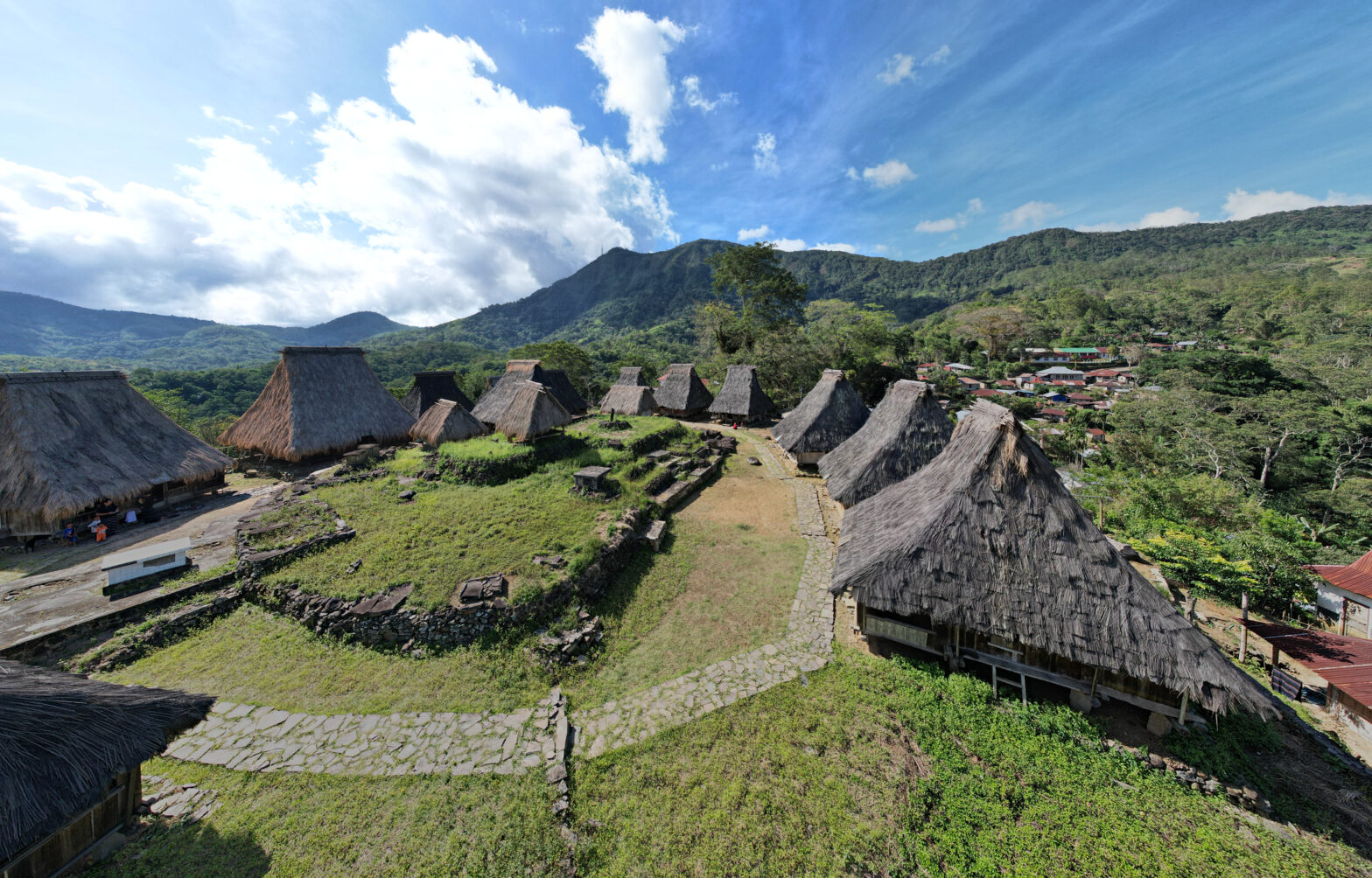Innovative and determined, Black people make waves across the world, and Britain is no exception. If you’re a fan of the Notting Hill Carnival in London, thank Claudia Jones of Trinidad for making it possible. Not everybody knows about the carnival’s origins, but it’s important to give credit where it is due.
To better appreciate Jones as the mother of the Notting Hill Carnival, it helps to know the broader history of Caribbean impact on Britain. After World War II, people from the Caribbean islands were recruited to help revive the British economy. The first wave of Caribbean immigrants arrived on the Empire Windrush in 1948, and other ships followed. These people were part of The Windrush Generation, and mostly hailed from Jamaica and Trinidad. They made their homes in Notting Hill and Brixton, and weren’t spared the effects of racism and xenophobia.
A member of The Windrush Generation herself, Jones saw the poor treatment of Caribbean immigrants when she got to London in the 1950s. According to Vogue, “she witnessed racial tension and anti-immigration rhetoric as chants of ‘no Blacks, no dogs, no Irish’ became a common anthem in Britain. She quickly took on the role of protector and advocate for the 100,000 strong Caribbean community in the capital.”
Jones was an advocate for Black causes well before her arrival in the UK. While living in the US, she dared to challenge the establishment, which was a bold move in the McCarthy era. She published essays and lambasted racist systems like Jim Crow. As Jones often ran afoul of US law with her communist sympathies, the British colonial governor of Trinidad barred her from returning to the island. So she went to England, where she spent the rest of her life.
Vogue noted that in the summer of 1958, “violent riots broke out on the streets of both Notting Hill and Nottingham, which lasted five nights over the bank holiday weekend.” Instead of encouraging more violence, Jones created an event called The Caribbean Carnival. Her objective was to try and turn down the temperature of racial hostility and elevate Caribbean culture. She said that “a people’s art is the genesis of their freedom,” and in addition to creating the carnival, Jones pioneered the first Black British newspaper: The West Indian Gazette.
The first Caribbean Carnival took place at St. Pancras Hall in 1959, and was held at other venues like it over the years. It became a street extravaganza in the 1960s; attracting throngs of locals and tourists who gravitated toward the music and feel- good vibes. Eventually, the event was called The Notting Hill Carnival. Sadly, Claudia Jones didn’t see the fruits of her labor for long since she died in 1964. But she is a heroine of Black British history who deserves more recognition on both sides of the pond.
To commemorate the arrival of the first wave of Caribbean immigrants, Britain designated June 22 as Windrush Day. In 2020, the day took on added significance as thousands of Brits came out to protest the killing of George Floyd and the long-standing problem of police brutality.
It was a sobering reminder that racism is as much of an adversary now as it was decades ago.





